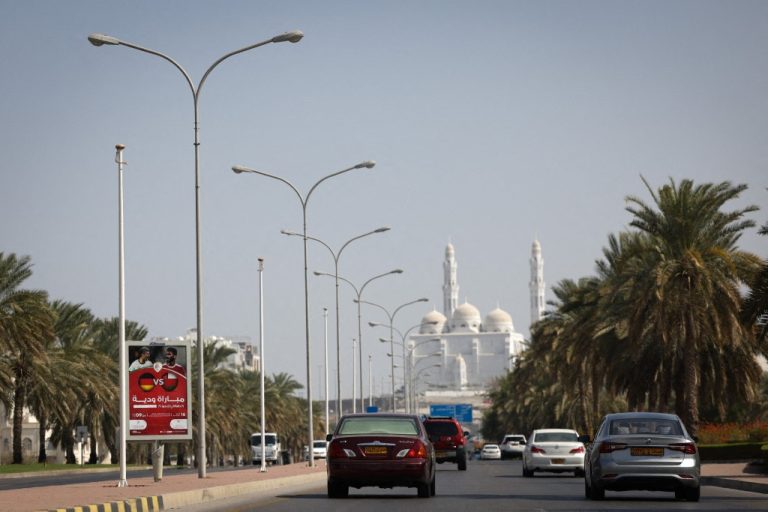São Paulo – Oman’s economy has been on an upturn path after the recession in 2020 and is expected to record a 1.3% growth in 2023 and 1.4% this year, according to projections released this Tuesday (23) by the Executive Board of the International Monetary Fund (IMF). In 2021, the Arab country grew by 3.1%, and in 2022, 4.3%.
According to the fund’s statement, inflation remains contained, and Oman’s economic recovery continues, supported by favorable oil prices and a sustained reform momentum. An influential producer of hydrocarbons, the Gulf country had its most considerable growth in recent years when oil prices reached this decade’s peak in 2022.
At the close of 2023’s first half, Oman’s year-on-year growth rate was 2.1%. Projections for the end of the year are slightly lower. The deceleration is related to oil production cuts agreed by the Organization of Petroleum Exporting Countries and its allies (OPEC+), including Oman.
According to the IMF, despite the slowdown in the economy as a whole, non-oil sectors are on a different path. They recorded a 1.2% expansion in 2022, then rose to 2.7% (year-on-year) in the first half of 2023. The performance was mainly attributed to agriculture, civil construction, and services.
Inflation in the Arab country fell from 2.8% in 2022 to 1.2% from January to September 2023. For 2024, the IMF expects 1.7% inflation in Oman and 2% for 2025, a rate that could remain over the following three years. A faster global disinflation process could support growth.
Translated by Elúsio Brasileiro




